In previous years, the steering system has been greatly developed and upgraded compared to the first generation.
Unfortunately, most people don’t pay attention to the type of steering system the car has whenever they plan to purchase one.
Because of this, people often can’t optimize the steering system to be perfect. Thus, it’s important to understand what the steering system consists of to fully understand your vehicle.
You might be asking, “Is it really important to know the functionality of the steering system of my car?” Well, the answer is yes.
Without a steering system, your car won’t work. This system allows you to control the movement of your car.
Keep in mind that the effectiveness of your car’s steering systems greatly affects the smoothness of your car and the safety of your passengers.
If you know how your car works, you’ll get the most out of your steering system and have a better driving experience.
Nowadays, the two most common steering systems are rack and pinion and power steering. However, are there differences between them? Let’s find out!
1 Rack and Pinion Steering
A rack and pinion steering system, as the name suggests, consists of a rack (a linear gear) and a pinion (a circular gear).
This system operates by converting a revolving motion into linear movement. Almost every car, SUV, and small truck come equipped with this form of steering system.
2 How Does It Work?
The rack and pinion system is working using a different kind of gearing device system. This will help transform the circular motion of the car’s steering wheel that follows a very unique kind of linear motion required in turning the car.
The gearset is covered by a metal tube for protection.
The gear is linked to its own steer craft shaft.
The axis rods are linked to their own tie rod shaft that is attached to their specific spindle.
The rack and pinion steering system has two primary operations:
- It reduces gears.
- The rotational motion of the steering wheel is converted into the linear motion required for your car to turn.
3 Common Issues with Rack and Pinion System
Since it isn’t possible to run cars without having to stir, it is vital to be always wary of any issues for you to easily fix them as soon as you can.
When it comes to rack and pinion systems, the most common steering problems include:
1) Burning Oil
Power steering fluid has a smell that is almost the same as burning oil. If you smell this odor while driving, you need to stop your car immediately. Your gearbox might be overheating and it can catch fire if you ignore it.
2) Grinding Sounds
Typically, a grinding sound is a sign of inadequate lubrication in the steering gearbox. If this is the case, you might have to replace the gearbox.
3) Fluid Leakage
You need to fix the problem immediately if your vehicle goes through steering fluid leakage. If you don’t, it can cause the gears to break or the gearbox to overheat.
4) Tight Steering Wheel
Whenever it appears like the steering wheel is more difficult to move, this can be a sign that your steering system is having an issue with the steering racks.
Typically, you can solve this problem by refilling the steering fluid.
4 Benefits of Rack and Pinion Steering
There are two types of steering systems you need to consider when comparing them – the rack and pinion system and the power steering system.
The power steering system is either non-power or power-assisted. The rack and pinion system are almost always power-assisted.
There are benefits to these two. However, there are a couple of major advantages for rack and pinion that you should consider when comparing cars.
1) Repair
Compared to a traditional system, fixing a rack and pinion system is usually easier. The reason for this is that there are fewer moving components so fewer will fail and require repairs.
Also, it’s the most popular system. Thus, almost every mechanic will be familiar with it. You don’t require a specialist for it.
2) Road Feel
It can be challenging to drive on icy or wet roads. A rack and pinion steering system offers you a better “road feel”. This makes this type of driving a lot better.
It offers you better and faster feedback compared to other steering racks.
3) Lighter
Lowering the number of components in a system also lowers its weight. A few pounds might not appear like a big thing. However, every pound counts with racing or fuel economy.
4) Fewer Components
A rack and pinion steering system are usually more precise since there are fewer pivot points and components. That is why this system is easier to control and more responsive.
5 Drawbacks of Rack and Pinion Steering
Rack and pinion steering is utilized in a lot of vehicles. The system has a simple arrangement of parts. However, it does have a couple of drawbacks.
1) Vibration
Since its construction is simple and has fewer parts, the rack and pinion steering system offers more road feel compared to other systems.
Unfortunately, this more intimate connection with the road can also transfer more vibration and noise to the passengers and drivers.
2) Less Durability
Rack and pinion steering can cause issues when driving off the road, especially when installed in a 4-wheel-drive car.
While this simple system offers responsive handling on paved roads, the bigger force needed to turn the car on greatly uneven ground can cause it to deteriorate faster.
3) Leakage
Due to the system’s simplicity, rack and pinion steering need fewer components to operate properly. However, this puts a bigger strain on each part. The wear can cause leakage.
If this occurs, you might have to replace the whole assembly.
The rack and pinion steering system has resulted in easier car handling, improved gas efficiency, and cost-effective car production.
6 Power Steering
Drivers had to work harder to make turns or keep their cars straight before carmakers introduced power steering in 1950.
This simple steering system of more than 50 years ago has since been replaced with more complex steering systems for handling cars with less effort.
Power steering is crucial to efficient and safe driving. To help guarantee that your vehicle operates as smoothly as possible, you need to maintain your power steering system regularly.
7 What is Power Steering?
For those who don’t know, power steering is a car system that utilizes a separate engine power or motor to lower the effort required to turn the front wheels.
The system helps drivers steer the vehicle. It also helps them make a turn easier at lower speeds. It is an excellent feature when parking or turning a corner at slow speeds.
Nowadays, there are 2 types of power steering. This includes electric power steering and hydraulic power steering.
These two types perform a similar function. However, they utilize various methods. Every variety adds more energy to help in steering a car. This enables the driver to utilize less muscle to turn the steering wheel.
8 How Does Electric Power Steering Work?
The electric power steering utilizes an electric motor that consumes energy from the electrical system of the car to offer steering assistance.
Sensors detect the effort or torque that the driver is using at the steering wheel. Then, a computer chooses how much help is added.
The huge advantage of electric power steering over hydraulic one is that they are flexible. They will fit particular driving conditions.
9 Benefits of Electric Power Steering
1) Less Maintenance
There is no complexity in the electric power steering racks. The truth is that it is almost maintenance-free.
In addition to that, there isn’t any fluid to change. You don’t have to worry about any lubrication, unlike the hydraulic steering system.
2) Better Fuel Economy
The power steering system only consumes energy if you turn the steering wheel. If you keep it straight, there is no energy being consumed by the system.
With this setup, you won’t waste any power. This ensures your engine lasts for a long time. Also, you gain better fuel economy since the power steering is not consuming energy from the motor.
10 Benefits of Electric Power Steering
1) Less Maintenance
There is no complexity in the electric power steering racks. The truth is that it is almost maintenance-free.
In addition to that, there isn’t any fluid to change. You don’t have to worry about any lubrication, unlike the hydraulic steering system.
2) Better Fuel Economy
The power steering system only consumes energy if you turn the steering wheel. If you keep it straight, there is no energy being consumed by the system.
With this setup, you won’t waste any power. This ensures your engine lasts for a long time. Also, you gain better fuel economy since the power steering is not consuming energy from the motor.
11 Drawbacks of Electric Power Steering
1) Costly
Compared to hydraulic systems, electronic systems cost more. Thus, you should expect the car manufacturer to pass on these expenses to you when you buy the car.
Aside from that, you should expect an expensive repair bill when a component gets damaged. Aside from being costly, the steering rod needs to be dismantled as well for replacement.
2) It Is Not Reliable
Electric power steering is quite new compared to hydraulic systems. In addition to that, the electronic system can fail a lot easier compared to hydraulic ones.
The steering wheel can lock up if the system fails while you’re driving. This may create a risky situation. This is particularly true if you’re driving too fast.
3) It Is Less Responsive
Unlike a hydraulic power steering system, you will not get the same response from electric power steering. On a couple of occasions, feedback can be sub-par.
A couple of drivers also complain about the steering wheel feeling heavier compared to hydraulic steering. However, you might not notice the difference if it is the only system you’ve used.
12 How Does Hydraulic Power Steering Work?
This type of power steering utilizes fluid to increase the force used to move the wheels of your car from left to right. A pump will apply pressure to the hydraulic fluid. This offers hydraulic force to your steering system.
Whenever you turn your car, the system will apply hydraulic pressure to the steering gear. This turns the wheels.
The whole system depends on the fluid flow. The more you turn the steering wheel, the more hydraulic fluid flows into the system. Thus, a bigger force is applied to the car.
13 Benefits of Hydraulic Power Steering
1) Reliable
Compared to electric power steering, hydraulic power steering is a lot older. For many years, it has been around. For superior reliability, manufacturers perfected the system.
Since the system depends on hydraulic oil to transfer force, every part that rubs is covered with oil for better lubrication. This allows for less wear and friction.
Also, it is still possible for you to steer the car even if the system fails while you’re driving.
2) More Affordable
Hydraulic steering is much more affordable to manufacture. There aren’t as many electric components needed. Thus, manufacturers can save money installing it.
In addition to that, these power steering racks are a lot more affordable to maintain. This enables you to save money in the long run.
A lot of individuals find that hydraulic power steering is also easier to handle. This saves you time if you need to fix something.
3) Better Handling
The hydraulic power steering system provides a more authentic feel. Regular car owners might not care about this performance level. However, sports car enthusiasts do.
14 Drawbacks of Hydraulic Power Steering
1) It is Heavy
The hydraulic power steering contains more big components compared to the electrical system. Aside from that, it also contains fluid to operate.
All of these parts create a heavier car. Aside from utilizing more energy, this additional weight is going to affect fuel economy.
2) High Power Consumption
In the hydraulic system, the pump is always operating. This causes the power consumption to be higher compared to the electric system.
The truth is that this system can immediately overload the car. This causes it to be less effective.
Fuel efficiency is lowered whenever the engine has to supply more power to the steering system. Though you might not see it in huge amounts, you should expect to pay more.
15 Common Problems with Power Steering System
There could be a huge range of issues with your steering system if you are having problems steering your car.
Here are some of the most common problems with power steering system:
1) Worn-Out or Damaged Power Steering Belt
A pulley usually turns the power steering belt on the crankshaft. It is what drives the fluid pump that handles your hydraulic steering.
Steering might begin to feel jerky or heavy if this belt is worn-down and becomes slack. The belt can often be tightened up by a mechanic.
However, on almost every occasion, you have to completely replace it to guarantee the proper function of the steering racks.
2) Power Steering Fluid Leaks
You might be experiencing a leak in your power steering fluid if you constantly add more power steering fluid to the vehicle but it does not appear to help.
Keep in mind that the power steering fluid does not have one color. However, it is usually pink, red, or clear.
Examine under your vehicle for any leaks. Possibilities are that the residue will accumulate under the front of your vehicle if you’ve got a power steering leak.
If you do discover a leak, you’ve got to take your vehicle to a mechanic. The reason for this is that the leak can originate from a range of various parts of your car.
3) Not Enough Power Steering Fluid
One of the most well-known issues that you will experience as a car owner is a low-power steering fluid. Your vehicle will require the fluid of the power steering refilled every once in a while.
This will help guarantee that your hydraulic power steering system keeps on operating smoothly.
Indications of low fluid in the power steering include a sluggish response when turning and having a hard time moving the steering and wheel.
You might also hear squeaking or whining whenever you turn the wheels. Fortunately for you, you can easily repair this problem on your own.
All you’ve got to do is to purchase power steering fluid from the nearest car parts store. Then, look for the car’s container for power steering fluid. You can use your car’s manual to find it.
If the container is low on fluid, just refill the fluid, and you are done.
Unfortunately, the issue might be deeper than a low fluid level if you keep on having issues with power steering racks.
16 Conclusion
Hopefully, this article will help you be able to differentiate the rack and pinion steering system and the power steering system.
When comparing the two systems above, there are a couple of primary differences you can’t ignore. This includes the steering parts, steering ratio, and alignment.
When you plan to replace the steering system of your vehicle, you have to think about the compatibility of the system with your car.
The Previous Articles:
What Is Rack and Pinion Bushing? How To Tell If Rack and Pinion Bushings Are Bad?
Why Steering Rack Makes Noise When Turning?
How To Rebuild A Steering Rack?
What Is A Rotary Valve Power Steering Rack?
Rack And Pinion System Vs Power Steering System: What Are The Differences?
Power Steering Rack Market Analysis Report (Japan Market)
What Causes Steering Rack to Go Bad?
Design Of Car Rack And Pinion Steering Racks
What Is The Intelligent Steering Rack Used By VW, Toyota, Honda And Renault?

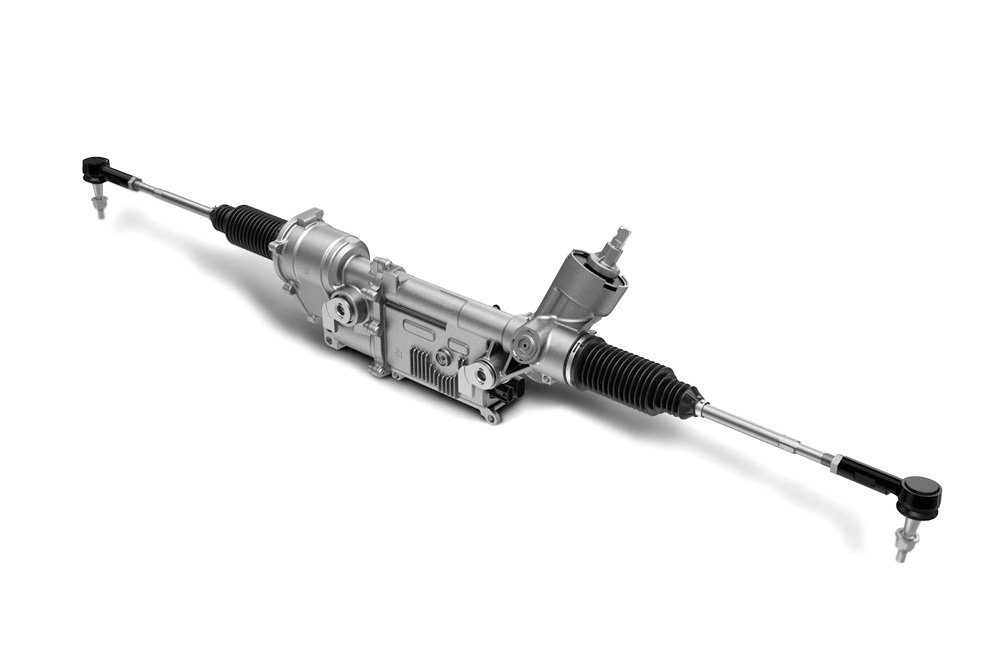
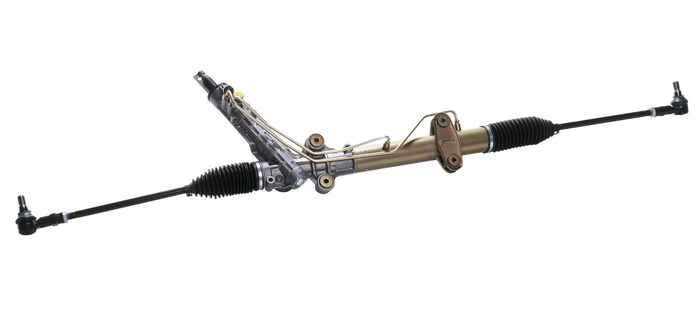
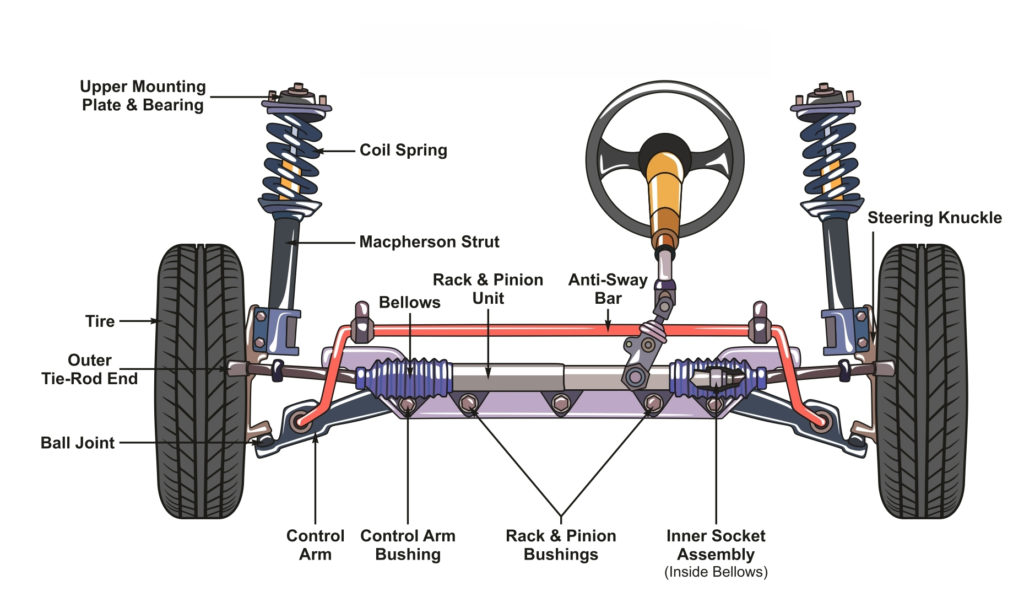
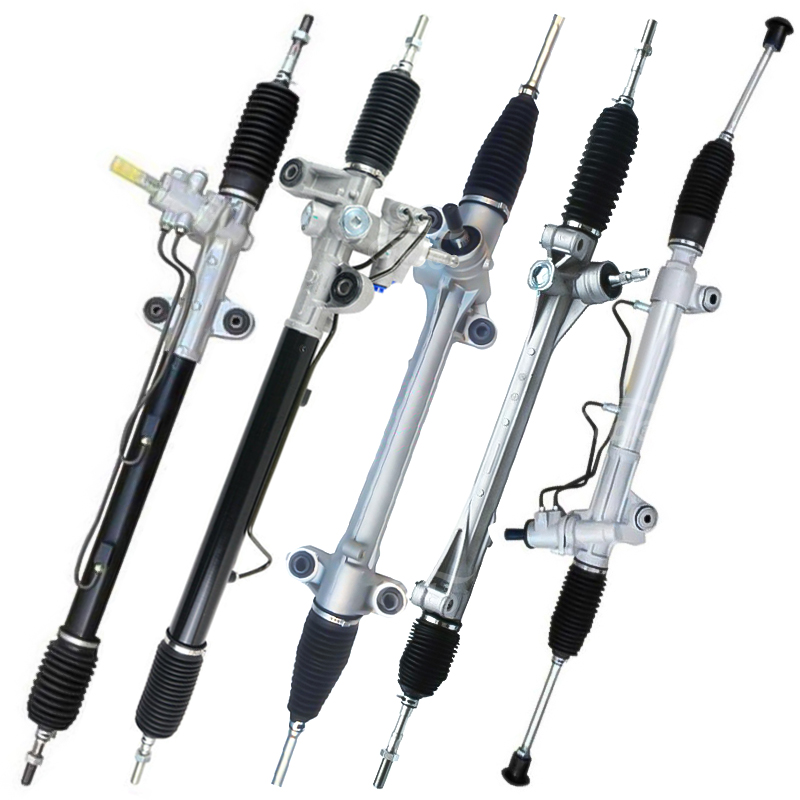
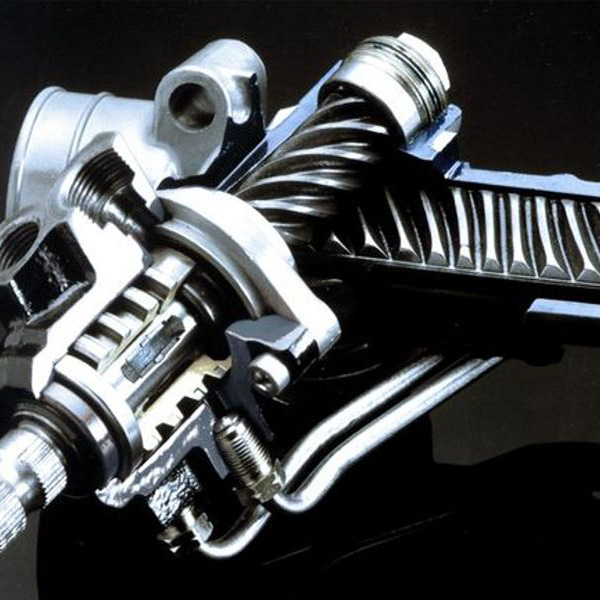
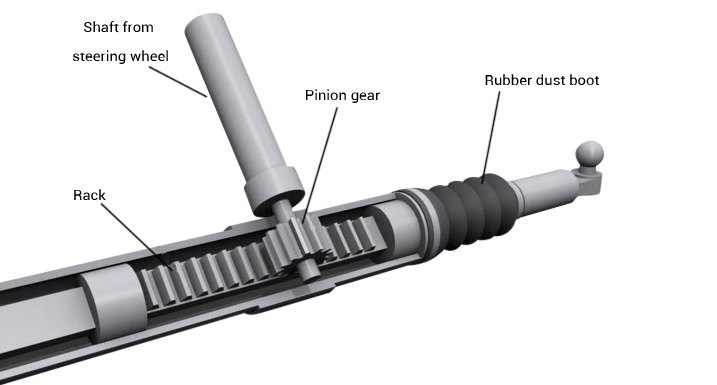
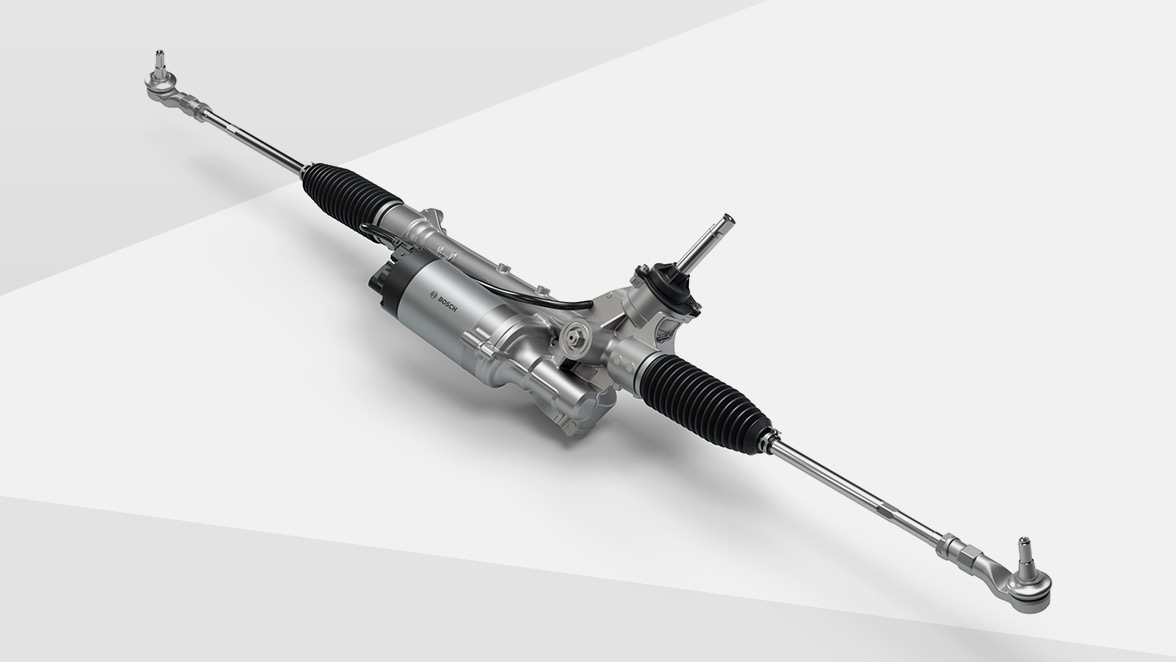
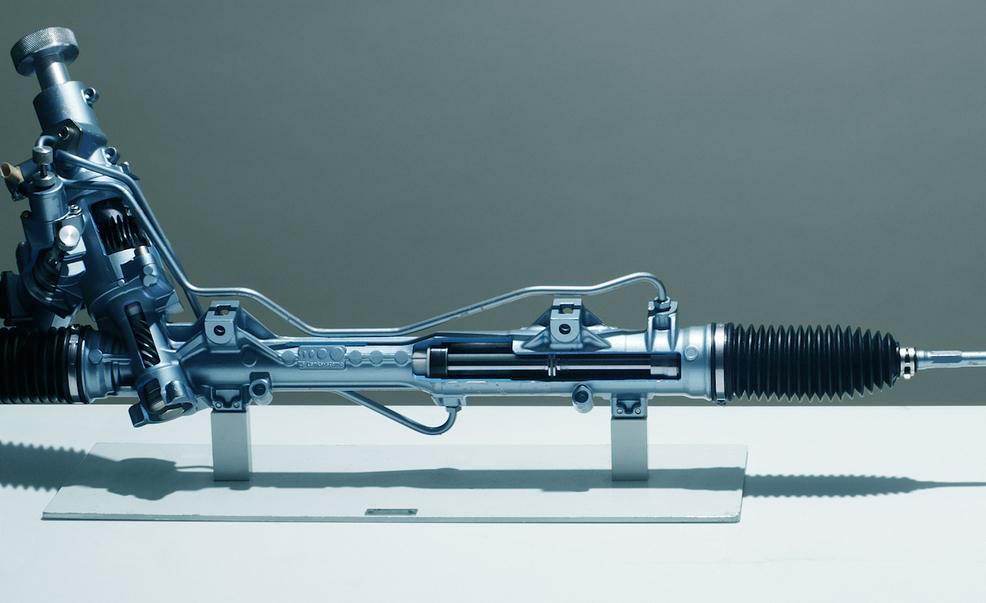

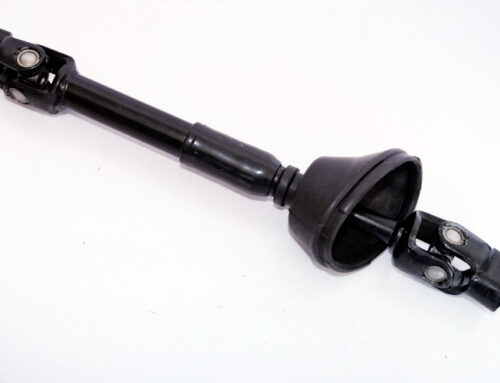
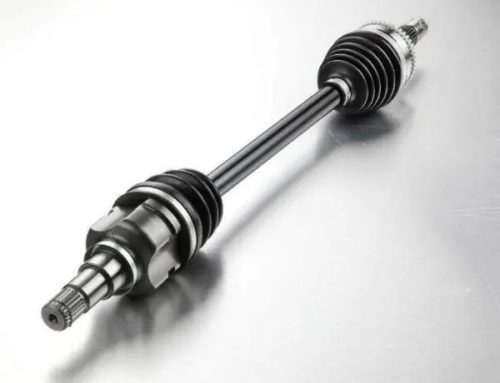
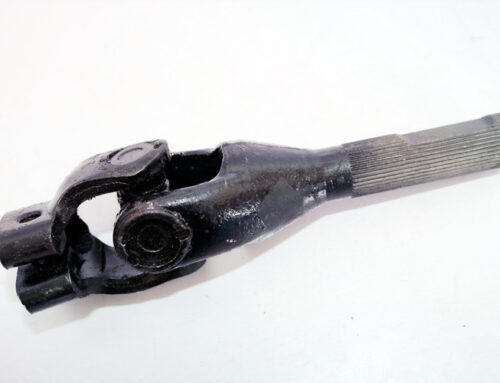
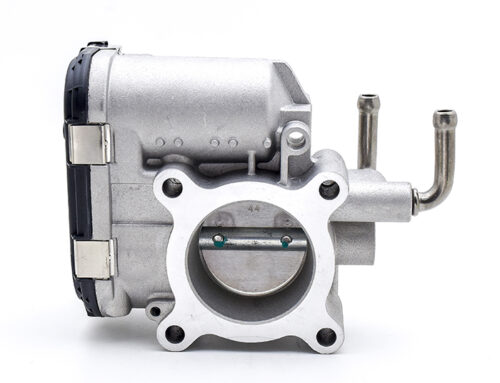
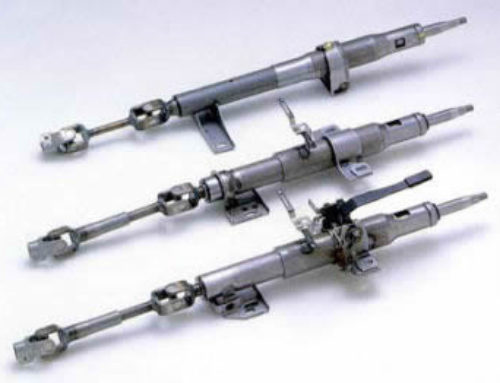
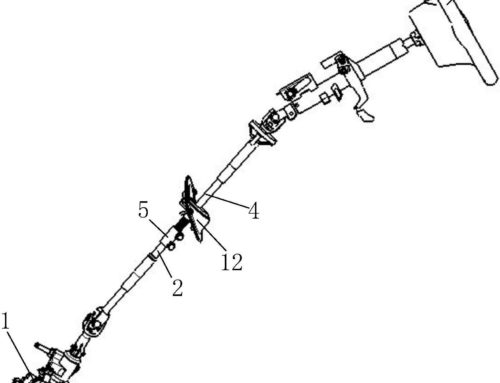
Thank you, I’ve recently been looking for information approximately this subject for ages and yours is the greatest I have found out till now. However, what about the conclusion? Are you certain in regards to the supply?
You have brought up a very wonderful details, thanks for the post.